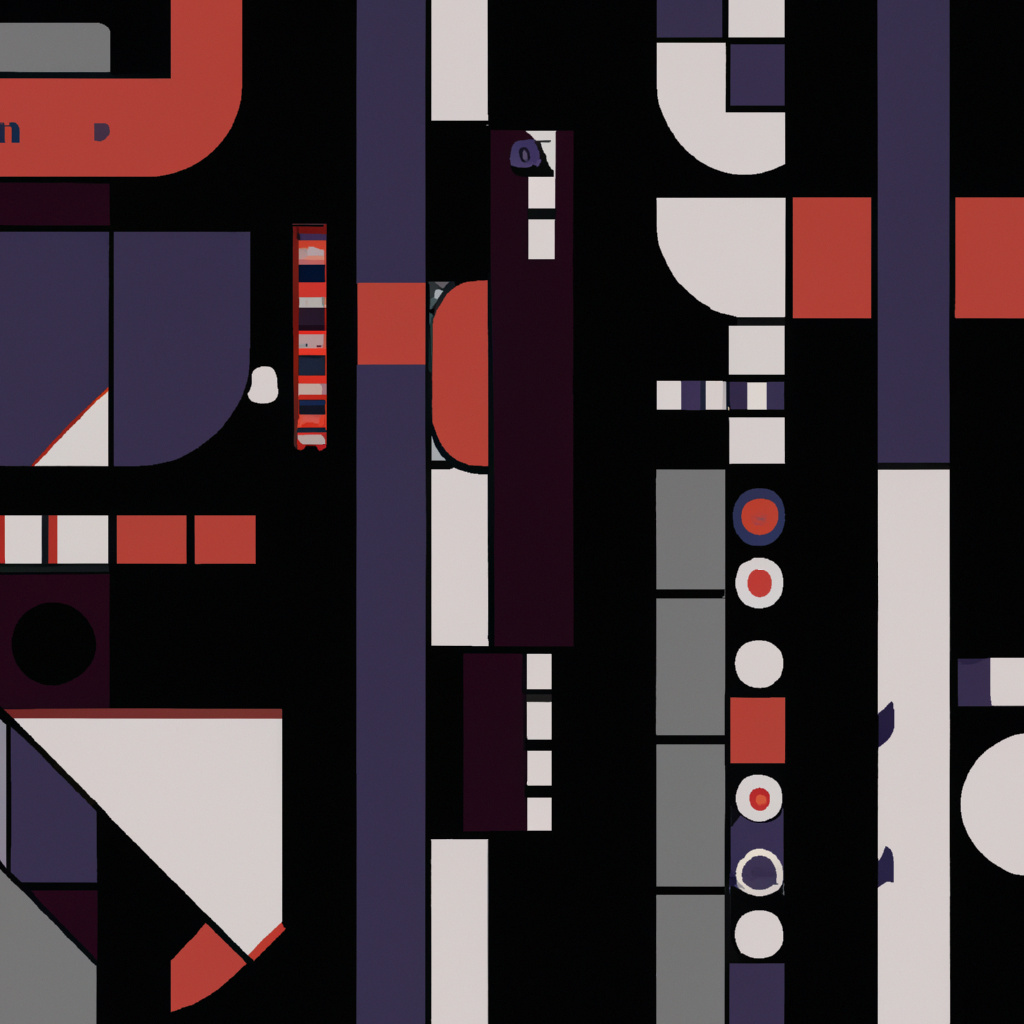Labs
Strategic Design
Strategic design combines design thinking, business strategy, and innovation to drive success by improving customer experiences and fostering innovation.

Innovation and transformation projects require strategic design to drive success. Learn the ins and outs of this critical process in our informative article.
Where did Strategic Design come from?
Before delving into the intricacies of strategic design, it is important to understand its background and history. Strategic design emerged as a practice in the late 20th century, blending the principles of strategic thinking and design methodologies. It was born out of a need to enhance innovation and transformation efforts within organizations, by bringing together diverse disciplines such as business strategy, user-centered design, and systems thinking. Over time, strategic design has evolved into an essential toolkit for organizations looking to create value, drive growth, and achieve sustainable success in today's dynamic business landscape.
What are the key concepts?
Some of the key concepts involved in Strategic Design include:
- Strategic design combines strategic thinking and design principles to create innovative solutions that align with an organization's goals.
- It involves understanding the needs of customers and stakeholders, defining a clear strategy, and using design techniques to develop products, services, and experiences.
- This approach helps organizations differentiate themselves in the market, drive business growth, and achieve their long-term objectives.
- Strategic design facilitates collaboration across teams and disciplines to ensure a holistic approach that considers both user experience and business viability.
- By focusing on human-centered solutions that meet real needs, strategic design can lead to practical innovations that have a lasting impact.
What's the process?
Strategic Design is a practical approach to solving complex problems and driving innovation in organizations. The typical process involves several key activities. First, there is research and analysis to gain a deep understanding of the problem or opportunity at hand. Then, brainstorming and ideation sessions are conducted to generate creative ideas and possibilities. Next, concepts are prototyped and tested to gather feedback and validate assumptions. Finally, the chosen concept is turned into an actionable plan with clear goals, objectives, and milestones. Throughout this process, collaboration among cross-functional teams is essential to ensure diverse perspectives are considered for effective decision-making.
What outcomes can you expect?
Some of the outcomes you can expect from working with Strategic Design are:
- Clear understanding of the strategic design process and its application in innovation projects.
- Ability to leverage strategic design principles to identify and capitalize on market opportunities.
- Enhanced problem-solving skills by combining analytical thinking with creative ideation techniques.
- Improved collaboration and communication within cross-functional teams working on transformation initiatives.
- Increased likelihood of successful innovation outcomes, such as new products, services, or business models.
Are there any debates or criticisms to be aware of?
- Some experts argue that strategic design can be a time-consuming and costly process, particularly when organizations lack the necessary resources or expertise.
- There is debate over whether strategic design should be solely focused on creating innovative products, or if it should also consider broader organizational transformations.
- Critics argue that strategic design may prioritize aesthetics over functionality, potentially leading to products or services that are visually attractive but lacking in practicality.
- One drawback is the potential for stakeholder resistance and difficulty in aligning diverse perspectives and goals within an organization during the strategic design process.
- Controversy arises around the effectiveness of implementing strategic design without sufficient user research and understanding of customer needs.
Conclusion
Strategic design is a powerful approach that combines creativity and strategy to drive innovation and transformation in organizations. By incorporating empathy, iteration, collaboration, and long-term value creation, professionals can enhance problem-solving skills, improve customer experiences, gain a competitive edge, increase organizational agility, and align strategy with execution. While debates and challenges may arise in areas like design vs. functionality or stakeholder engagement, strategic design offers professionals a holistic framework for creating meaningful change in their organizations.
TLDR;
- Using strategic design can help organizations create innovative solutions to complex problems.
- It allows for a holistic approach that considers various perspectives, leading to more effective outcomes.
- Benefits include improved customer experiences, increased competitiveness, and enhanced brand reputation.
- Common challenges include resistance to change, lack of alignment among stakeholders, and resource constraints.
- Successful implementation requires strong leadership support, cross-functional collaboration, and iterative feedback loops.
